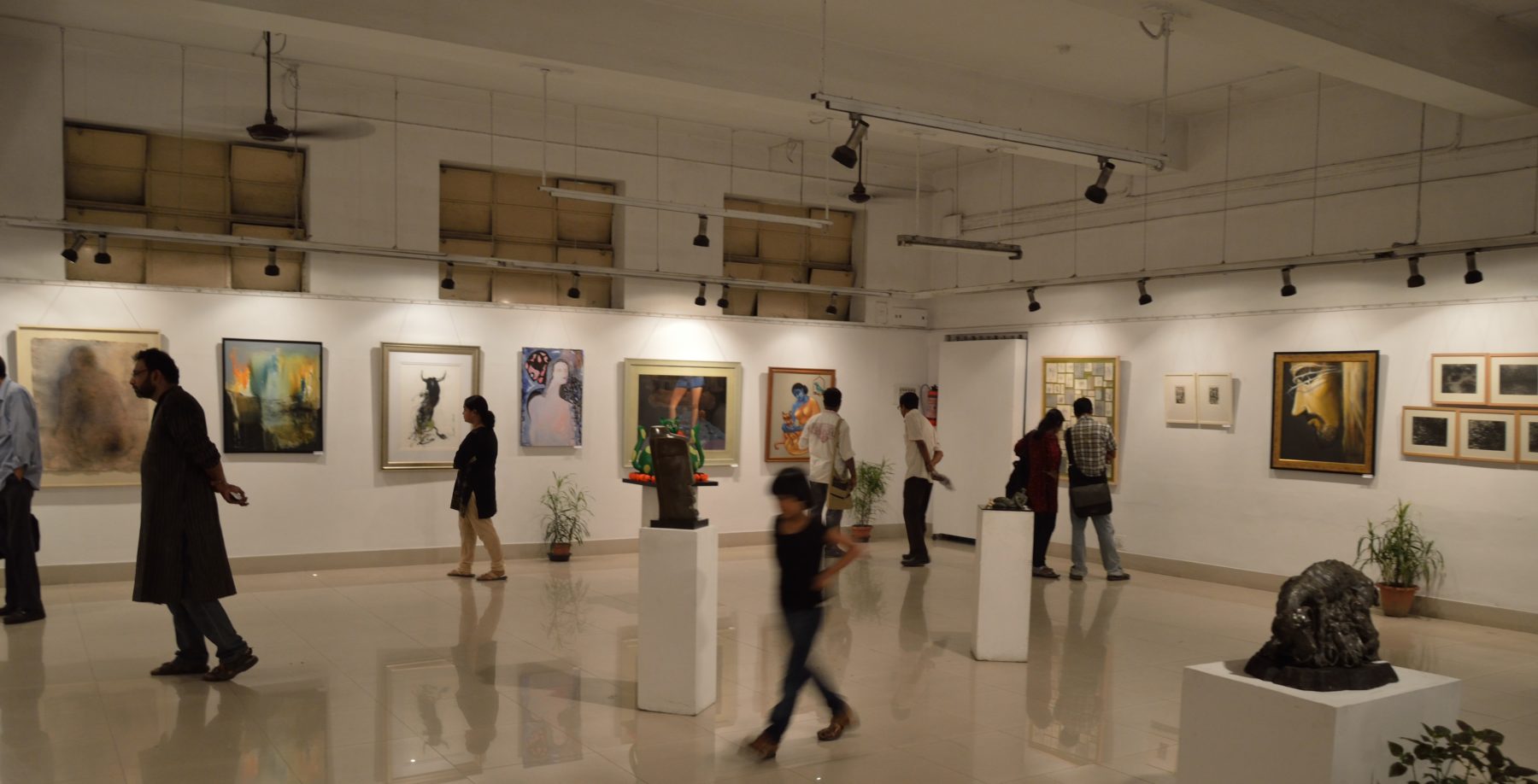The Cultural Research Network hosted a Virtual Study Group called “Demystifying Museum Soft Power: Geo-visualising Museums’ Influence”. This VSG shared key findings of a research project that has sought to define, explain and deconstruct the ‘soft power’ of museums. Spanning museums’ contributions to place branding, urban regeneration and the development of tourism, the concept of ‘soft power’ is an increasingly valuable metric for the museum sector, providing a unique set of insights.
(Demystifying Museum Soft Power: Geo-visualising Museums’ Influence from Cultural Research Network on Vimeo)
The presentation will aim to demonstrate the pilot version of the award-winning dynamic web application that was developed in partnership with Australian Centre for the Moving Image (ACMI). The app Museum Soft Power Map, enables users to explore a geographic spread of ACMI’s cultural resources and social outputs. Multiple layers across several datasets visualise ACMI’s cultural collections, online audiences, international partnership networks and the impact of traveling exhibitions. Plans are now underway for this pilot to be further re-designed in collaboration with museums around the world.
This interactive VSG will encourage experimentation, networking and a collaborative exploration of what museum ‘soft power’ is and how it can be measured and analysed. Find out more about this project on the Digital Studio’s website or view the pilot version of the Museum Soft Power Map.
The VSG will be led by Dr Natalia Grincheva, Lead CI and Conceptual Designer of the digital mapping system. Dr Grincheva is a Research Fellow in the Research Unit of Public Cultures at the University of Melbourne. She is a dedicated scholar with internationally recognized expertise in contemporary museology and cultural diplomacy. Her publication profile includes over 30 research articles, book chapters and reports published in prominent academic outlets. She is the holder of numerous academic awards and fellowships, including Fulbright (2007-2009), Quebec Fund (2011-2013), Australian Endeavour (2012-2013), SOROS (2013-2014) and others.
Guest speakers:
Gail Dexter Lord is one of the world’s foremost museum and cultural planners. Co-founder and President of Lord Cultural Resources, her clients include the Canadian Museum for Human Rights, Ottawa’s National Holocaust Monument, the National African American Museum of History and Culture, and the Museo Guggenheim Bilbao, just to name a few. She has co-authored the bestselling book “Cities, Museums and Soft Power” which redefines soft power for the urban age and designs new roles for cultural institutions; and the “Manual of Strategic Planning for Cultural Organizations”. Gail is a Member of the Order of Canada, an Officer of the Order of Arts and Letters in the French Ministry of Culture, and holds an Honorary Doctor of Letters from McMaster University.
Seb Chan is Chief Experience Officer at the Australian Centre for the Moving Image. He is responsible for holistic experience design and oversees teams responsible for experience & digital, ICT, as well as the museum’s collections, digitisation & digital preservation programs. Prior to this he led the digital renewal and transformation of the Cooper Hewitt Smithsonian Design Museum in New York (2011-2015). He has also worked as a museum consultant with institutions across North America, Europe and Asia. His work has won awards from American Alliance of Museums, One Club, D&AD, Fast Company and Core77.
Chris Harris is Head of Exhibition and Touring at the Australian Centre for the Moving Image. Since 2005 he leads ACMI touring program and exhibition design and production teams. Chris has produced many of the museum’s most loved exhibitions, ranged from imported popular culture hits such as Hollywood Costume and Tim Burton: The Exhibition, to major ACMI developed exhibitions, such as Julian Rosefeldt’s Manifesto, Candice Breitz’s The Character and Yang Fudong’s Filmscapes or the permanent one – Screen Worlds. Most recent major exhibits include DreamWorks Animation, Game Masters and Wonderland, launched in April 2018.
Eliza Coyle is Community Programs Officer at Yarra City Council Libraries, where she designs, plans and implements innovative and communal led events and long-term collaborative projects. Eliza has also served as a Researcher on the project Deep Mapping: Harnassing Museum Soft Power, a collaborative practice-based research between the University of Melbourne and the Australian Centre for the Moving Image. Her research tasks for the project included mapping ACMI international blockbusters and coordinating the team of 5 creative writing interns working on the digital story-telling component of the mapping system.
